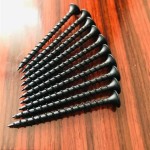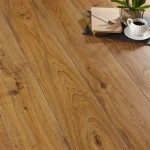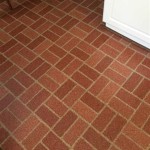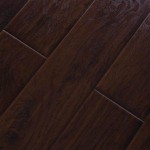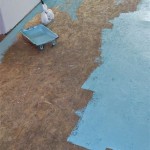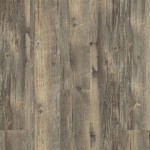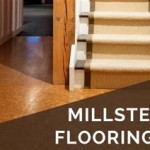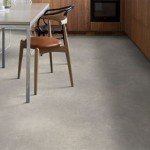Particle Board Flooring Thickness: Essential Aspects for Informed Decision-Making
Particle board flooring, also known as chipboard, has gained popularity due to its affordability, ease of installation, and versatile applications. However, to ensure the durability and performance of your flooring, understanding the importance of thickness is crucial. The thickness of particle board flooring significantly impacts its strength, stability, and resistance to wear and tear.
Determining the Ideal Thickness
The ideal thickness for particle board flooring varies depending on the intended use and foot traffic. For residential applications, a thickness of around 12mm is typically adequate, providing a balance between strength and affordability. However, for heavy-duty commercial installations or areas with high foot traffic, a thicker option such as 16mm or 19mm is recommended for enhanced durability.
Understanding the Impact of Thickness
The thickness of particle board flooring affects several aspects, including:
- Strength and stability: Thicker particle boards are inherently stronger and more stable, reducing the risk of sagging or warping over time.
- Wear resistance: Thicker boards provide a more durable surface, making them more resistant to scratches, dents, and heavy foot traffic.
- Moisture resistance: Thicker boards have a lower surface area-to-volume ratio, reducing the risk of moisture penetration and subsequent swelling or deterioration.
Considerations for Installation
In addition to the intended use, there are other factors to consider when selecting the thickness of particle board flooring, such as the type of underlayment used and the method of installation. A thicker underlayment can provide additional support for thinner boards, while a thinner underlayment may be more suitable for thicker boards.
The installation method also plays a role. For floating installations, a thicker board is preferred to ensure stability and prevent movement. For glued or nailed installations, a thinner board may be sufficient, as the adhesive or nails provide additional support.
Conclusion
Understanding the essential aspects of particle board flooring thickness is vital for making an informed decision that meets your specific needs and requirements. By considering the intended use, traffic level, and installation factors, you can select the ideal thickness to ensure the durability, performance, and longevity of your flooring.

Subfloor Options Osb Vs Particle Board New Floors Inc
Particleboard Structural Flooring Design Manual

Subfloor Options Osb Vs Particle Board New Floors Inc

Particle Board As A Flooring Solution

3 4 In X Ft 8 Particle Board Panel Ru1191248096000000a The Home Depot

Particle Board Flooring Durable Building Material

Particleboard Flooring Timberwood Panels Brendale

Subfloor Options Osb Vs Particle Board New Floors Inc

What Is A Particle Board Are Its Diffe Types

Particle Board All You Need To Know

